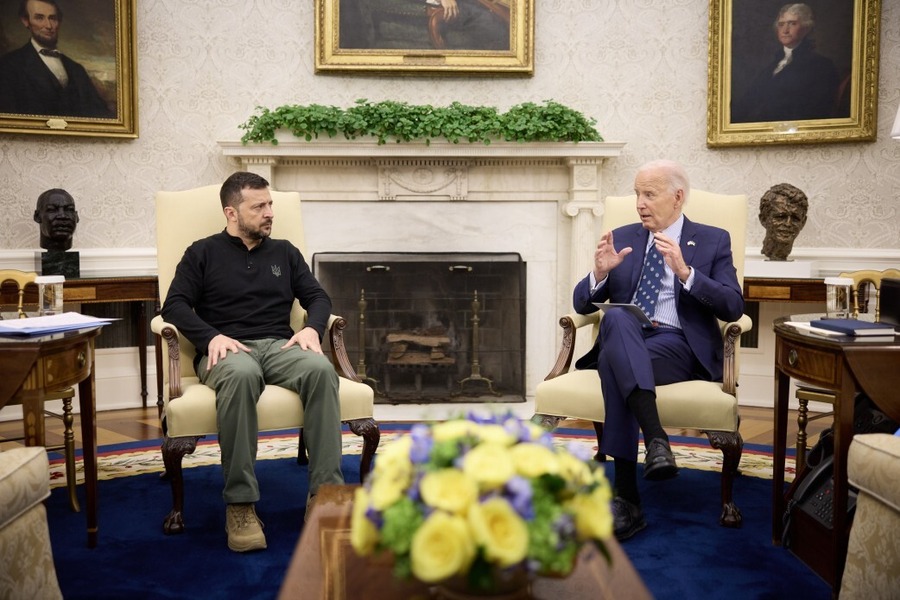So Where Do War Powers Reports Come From?
Over the last nine weeks, President Obama has sent five war powers notices to Congress in what may be the most concentrated period of Presidential war powers reporting in history. These notices include four notices regarding Iraq (on June 16 and June 30, and August 8 and 17) and one notice regarding Libya (on July 27).
So, how are war powers reports prepared? Unless the process has changed in the Obama Administration, the draft report to Congress is prepared by lawyers in the the State Department's office of Political-Military Affairs, based on factual input about the actual deployment or u
Published by The Lawfare Institute
in Cooperation With

Over the last nine weeks, President Obama has sent five war powers notices to Congress in what may be the most concentrated period of Presidential war powers reporting in history. These notices include four notices regarding Iraq (on June 16 and June 30, and August 8 and 17) and one notice regarding Libya (on July 27).
So, how are war powers reports prepared? Unless the process has changed in the Obama Administration, the draft report to Congress is prepared by lawyers in the the State Department's office of Political-Military Affairs, based on factual input about the actual deployment or use of military force provided by the Legal Adviser to the Chairman of the Joint Chiefs. The State Department then clears the draft with the Office of Legal Counsel and the DoD General Counsel's office, and then submits the recommended report to the National Security Adviser for signature by the President. The NSC Legal Adviser may make revisions in the report, after further consultations with interagency lawyers. The NSC Legal Adviser and the NSC Defense Directorate prepare a cover memo for the National Security Adviser to send to the President with the report.
Consistent with the requirements of the War Powers Resolution (even though Presidents of both parties do not concede that the Resolution is actually binding), Presidential war powers reports state (A) the circumstances necessitating the introduction of U.S. Armed Forces; (B) the constitutional and legislative authority under which such introduction took place (and usually the international law authority as well); and (C) the estimated scope and duration of the hostilities or involvement.
Because the War Powers Resolution purports to require that notices be submitted to Congress within 48 hours of the initiation of hostilities or deployment of U.S. Armed Forces into the territory or airspace of another country, the drafting and clearance processes must all happen very quickly, and the White House Staff Secretary must occasionally take the report to the Residence or send the report to the President on the road for his signature in order to meet the deadline.
John B. Bellinger III is a partner in the international and national security law practices at Arnold & Porter in Washington, DC. He is also Adjunct Senior Fellow in International and National Security Law at the Council on Foreign Relations. He served as The Legal Adviser for the Department of State from 2005–2009, as Senior Associate Counsel to the President and Legal Adviser to the National Security Council at the White House from 2001–2005, and as Counsel for National Security Matters in the Criminal Division of the Department of Justice from 1997–2001.




.jpg?sfvrsn=8588c21_5)
